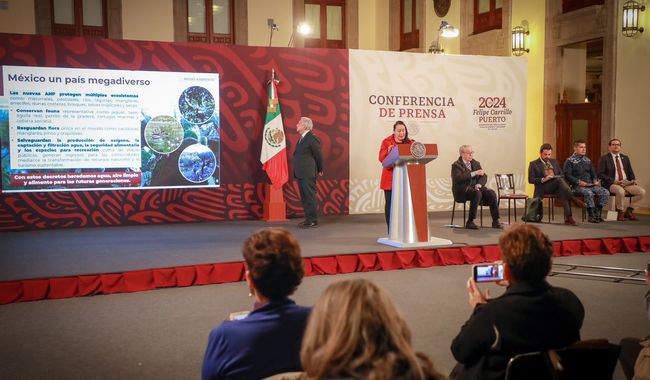According to a new paper published in Science, the numbers of elephants killed illegally in Africa dropped from 10% to less than 4% over the last 6 years.
Attempting to disseminate the overall poaching problem down into its component mechanisms the researchers analysed annual surveillance data from 53 different sites across the continent between 2002 and 2017; totaling half of all the African elephants in the world.
This was an important step and often stands in the way of people understanding the problem of poaching as it relates to individual communities of elephants, rather than the species as a whole. The paper highlights the fact that while elephant poaching is a pan-African problem, it’s clear that certain populations are more targeted, while others are growing in size, like the herds in Kruger National Park and some, like in Etosha, Namibia, that have never experienced poaching at all.
A Three-headed Beast
One of the major focuses of the paper was the demand for ivory. Ivory has long been used as a precious artisan material in Chinese culture, and the demand for ivory in the middle-class was a strong predictor of increased elephant poaching during the 21st century.
A combination of a growing middle-class, China’s historical affinity for ivory as an artisanal product, China’s widespread involvement in various African economies, and the summarized data of seized, China-bound ivory shipments, suggests that China is one of the major drivers of elephant poaching.
As such, one of the perceived reasons for the bounce-back of elephant numbers has been a recent ban on ivory trade in China. In 2017, China made it illegal to trade in ivory, and it’s considered that a popular PSA condemning the trade in shark fin, rhino horn, and elephant ivory that featured Jackie Chan and Yao Ming fist-bumping an elephant’s trunk was particularly effective.
Since ivory is illegal, good market data for the commodity remains inaccessible, so instead the researchers analyzed large-scale ivory seizures to measure supply, and the market price of ivory which is legal to trade – specifically mammoth ivory – to measure market value.
Having established the overall ivory exporting rates and value the team next wanted to assess the factors which might contribute to the distribution of poaching rates across the continent as well as the ability to control supply. For this they examined factors which might point to poor national stability such as infant mortality rate, perceived corruption index, poverty distributions, site area, and law-enforcement adequacy.
Looking at all the different co-factors, the researchers found that poverty density, specifically in villages around examined sites, and corruption in state institutions were the biggest drivers along with ivory market price.
“…it’s unknown whether these trends alone are sufficient to save the African elephant from extinction”.
Not Out of the Woods
“It is striking that poverty and corruption-related covariates correlate with local and country-wide levels of poaching more strongly than estimates of law enforcement adequacy,” writes the author of the study.
“This is possibly due to difficulty in estimating law enforcement adequacy; however, all assessors were trained and we consider it likely that targeting poverty and corruption really are more effective options”.
To be fair to Africans, we live in the Anthropocene Epoch, and to ignore the human drivers of species loss is foolish. When someone lives on less than $1.25 a day and has family members that depend on them, it’s not hard to see why poverty could be increasing the amount of poached elephants.
However the study concludes by saying that as of 2017, the birth rate of the African elephant was replenishing the over 320,000 individuals roaming the deserts and wealds of Africa. Demand is limited, as trading in ivory is now illegal in China, and so tackling supply will be many orders of magnitude more effective than it once was.
The study also says that it’s unknown whether these trends alone are sufficient to save the African elephant from extinction, and that in order to ensure the trend continues, the strangling of demand and the tackling of poverty must be the primary conservation strategies.




